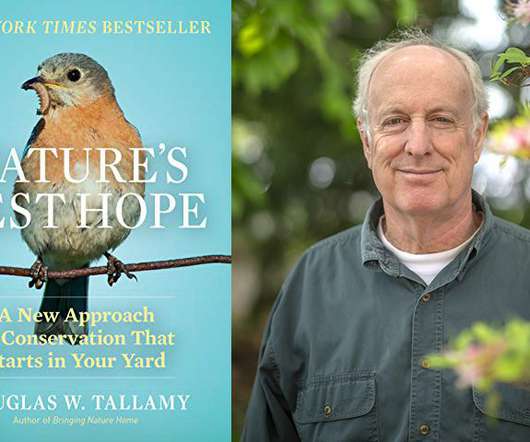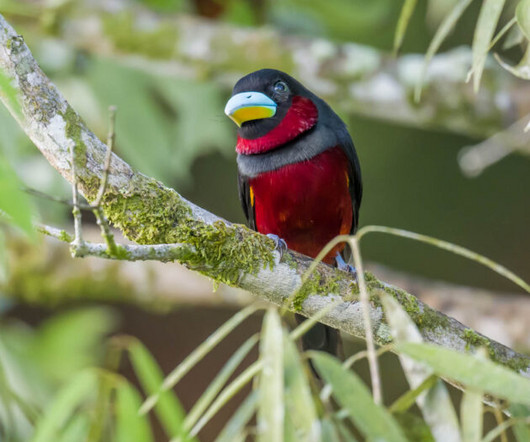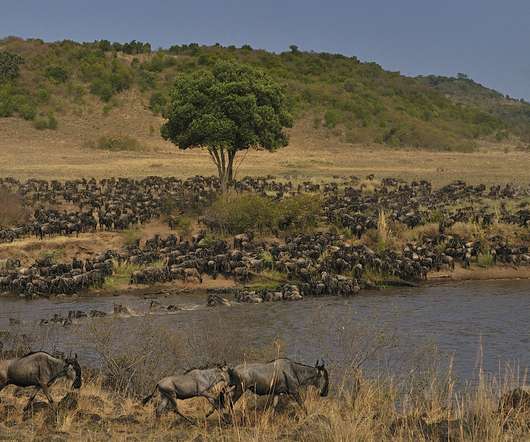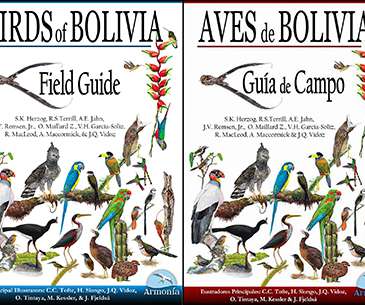The “Rufa” Red Knot is now protected under the Endangered Species Act
10,000 Birds
DECEMBER 18, 2014
One of the two sub-species of Red Knot occurring in North America, the Rufa subspecies breeds in the Canadian Artic Region and migrates along the east or Atlantic coast of the United States. The other sub-species, Calidris canutus roselaari , migrates along the Pacific Coast and breeds in Alaska and the Wrangel Island in Russia.









































Let's personalize your content